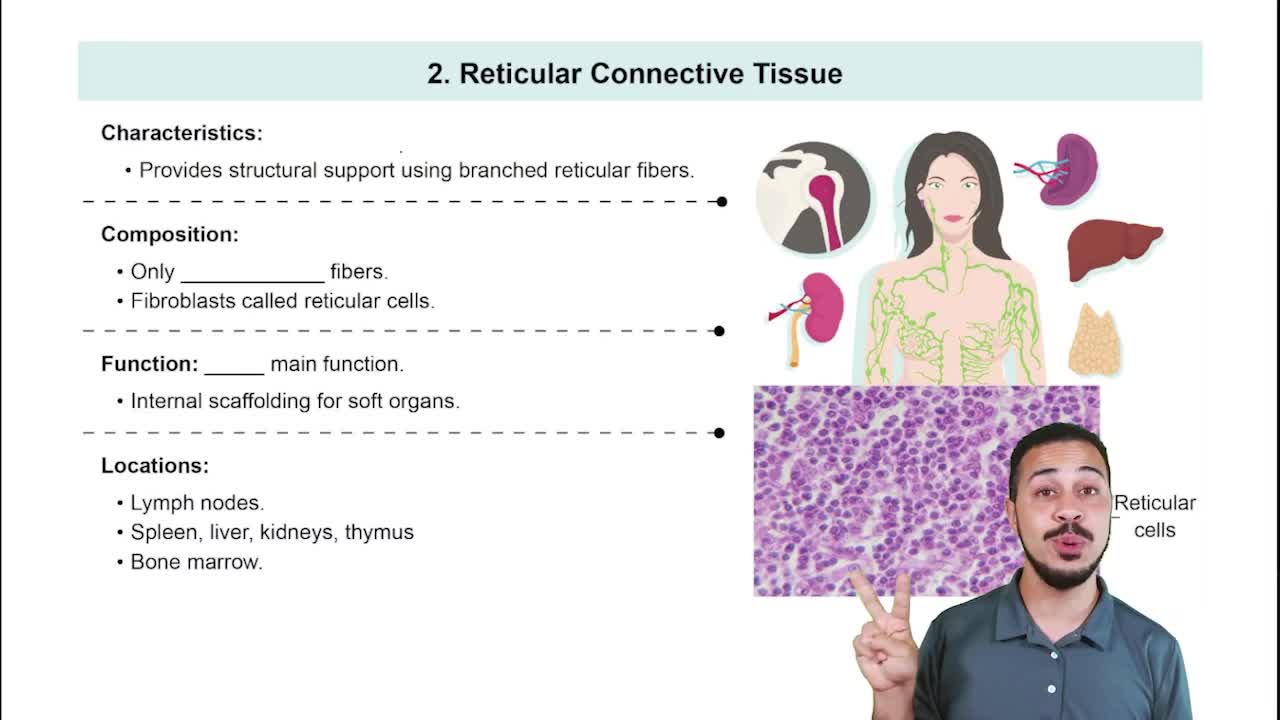Mark the following statements as true or false. If a statement is false, correct it to make a true statement.
d. The crossed-extension reflex occurs simultaneously with the simple stretch reflex.
 Verified step by step guidance
Verified step by step guidance Verified video answer for a similar problem:
Verified video answer for a similar problem:



 1:5m
1:5mMaster Somatic vs. Autonomic Nervous System with a bite sized video explanation from Bruce Bryan
Start learning